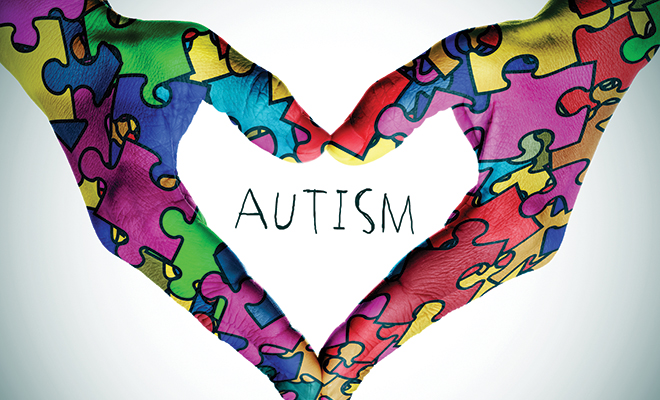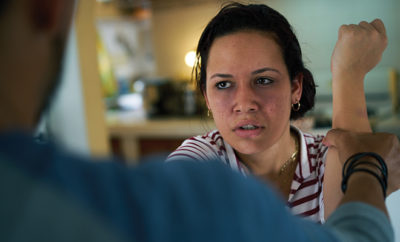
Autism Awareness Month
April is the designated month for raising awareness about Autism Spectrum Disorder, or ASD. Within families and in social circles, many of us already know someone with an autism spectrum disorder, which includes Asperger’s Disorder. The Centers for Disease Control and Prevention states that 1 in 68 American children has a disorder within the autism spectrum.
ASD is often misunderstood. People think of a child who rocks back and forth or a savant such as Rain Man’s Ray. While such individuals could have a disorder fitting within the spectrum, the definition is much broader and includes difficulty with social communication and interaction. An individual with ASD struggles to engage with others and effectively share thoughts and feelings through verbal and nonverbal means. Body language is difficult for the person to understand and to use. Additionally, an individual with ASD is known to have restricted and repetitive patterns of behaviors, interests or activities. This might mean repetition of movements, repeating words, excessive adherence to routines or fixated and intense interests in particular objects or actions. Symptoms of ASD are present from an early age, and they are known to cause varied degrees of impairment in the individual’s functioning, especially within social, academic and occupational contexts. Impairments in intellectual and language abilities might or might not be present.
Individuals with ASD vary widely in terms of their skills, areas of difficulty, courses of development and prognoses. Thus, it truly is considered a “spectrum” of disorders, making it sometimes a challenge to diagnose. Increasingly, younger children are being identified, as early as 15 to 18 months. Some concerning early features include non-responsiveness to hearing one’s name, little eye contact and lack of interest in toys and/or people. Nevertheless, the average age at which children in the U.S. are diagnosed is approximately four years.
A great deal of research is dedicated to better understanding how and why ASD occurs. At this time, a complete association between any particular factor and ASD has not been identified. There is a high heritability rate, or greater prevalence within families. The increase in diagnosis is likely due to the broadened diagnostic label that includes “spectrum,” improved diagnostic instruments and increased awareness by treating professionals and parents.
Because ASD is more prevalent and children are identified at a younger age, effective treatments are heavily researched. Behavioral treatments are proven to effect positive change. Such interventions involve several repetitive learning trials in which instructions are consistently presented, and rewards are reliably provided when the desired response or skill is demonstrated. Rewards might include a favorite food, complimenting praise or permission to engage in a fun activity. There can be limitations to this treatment, since the real-world environment is less likely to provide such consistent and structured instructions with corresponding rewards. Therefore, a variation of behavioral therapy can be used that is less structured and considered more naturalistic. The aim of this therapy is to be inherently fun and enjoyable, so the child wants to participate. It’s often directed by the child and considered play-based; children are prompted and encouraged to engage in more natural adult-child interactions that mirror what might be encountered in everyday settings. Social engagement through verbal and nonverbal means is increased along with opportunities for playing and imitating adults.
If you know a child with ASD, one of the most powerful things you can do to help is to be informed. Know how the child is uniquely impacted, including struggles and areas of strength. Learn about treatment options, including their objective evidence for being truly effective. Some wonderful organizations, with members who have personal connections to ASD, can assist you with a wealth of knowledge and tools for how best to be an advocate. For example, Autism Speaks was founded by grandparents of a child with autism, and the Autism Society was founded by a number of parents of children with autism. Both work to raise awareness of issues related to ASD, advocate for the needs of individuals impacted, and provide information on current research, including the latest developments in treatment.
Although we don’t know everything about ASD, research is increasingly shedding light on it. Take the opportunity to raise your awareness. ■
Sources: apa.org, autism-society.org, autismspeaks.org and nimh.nih.org.







